When choosing heart monitoring wearables, consider your health needs first—ECG features for cardiac conditions and simpler metrics for general fitness. Check device accuracy against medical standards (aim for ±5 bpm of ECG readings). Evaluate additional features like sleep tracking and stress monitoring. Consider how exercise intensity affects reliability. Guarantee proper fit for accurate readings. Look at battery life and display readability. Balance your budget with necessary features—the perfect monitor awaits below.
Accuracy Differences Between Consumer and Medical-Grade Monitors
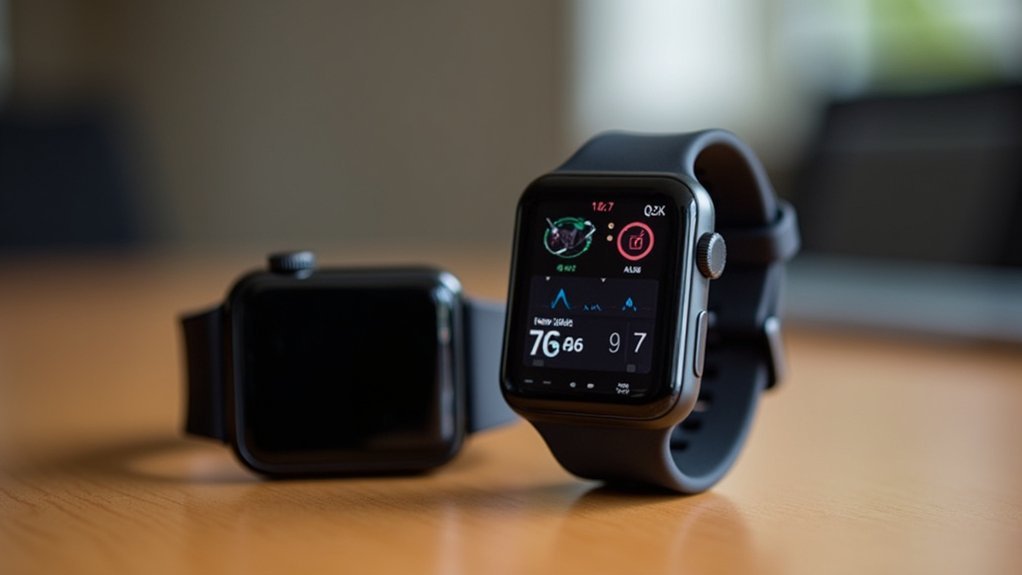
When comparing consumer wearables to medical-grade heart monitors, understanding their technological differences becomes essential for making informed health decisions.
Consumer devices typically use photoplethysmography (PPG), while medical monitors rely on electrocardiography (ECG) for greater precision.
Your smartwatch or fitness tracker will generally provide accurate resting heart rate measurements but may falter during intense exercise.
Movement greatly impacts PPG sensors, reducing accuracy when you’re active. If you have darker skin, you might notice less reliable SpO2 readings due to technological limitations.
For general health awareness and daily tracking, consumer devices serve you well.
However, if you’re monitoring complex cardiac conditions or need clinical-grade precision, medical devices remain superior despite their higher cost and reduced accessibility.
Recent validation studies show smartwatches demonstrate high sensitivity and specificity for detecting atrial fibrillation when compared to standard medical devices.
Understanding PPG Technology in Wearable Heart Rate Tracking
Your wearable’s PPG technology might deliver less reliable heart rate readings during vigorous workouts due to motion artifacts that can disrupt the light-based measurements.
While convenient for daily tracking, PPG sensors typically don’t match the gold-standard accuracy of medical ECG devices, with potential error rates increasing during high-intensity activities.
You’ll get the most accurate results by staying relatively still during readings or wearing your device more tightly during exercise to minimize sensor movement against your skin. Recent advancements in sensor technology are improving PPG accuracy through better signal processing algorithms that filter out motion noise.
PPG Limitations During Exercise
Despite their widespread adoption in fitness trackers and smartwatches, PPG sensors face considerable challenges during exercise that can compromise their accuracy.
When you’re working out, motion artifacts considerably interfere with the PPG signal, often resulting in inaccurate readings with errors of approximately 9 BPM. Your skin tone and type can also affect reading quality, while physiological factors like respiration and body temperature further complicate measurements.
The attachment site of your wearable matters too—loose fitting devices yield less reliable data during high-intensity activities. Additionally, if you’re exercising outdoors, ambient light can penetrate the sensor and distort readings.
While PPG technology remains valuable for general fitness tracking, you should be aware of these limitations when relying on heart rate data during intense workouts. The current lack of standardization in PPG technology testing contributes to inconsistent performance across different wearable devices.
Accuracy Versus ECG Standards
While PPG technology offers convenience in wearable heart rate monitoring, it’s important to understand how it compares to the gold standard of electrocardiogram (ECG) measurements.
Most high-quality wearables maintain accuracy within ±5 bpm or ±10% of ECG readings, making them reliable for everyday tracking.
When selecting a heart monitor, look for devices validated against clinical ECG standards. The Corsano 287 Bracelet and applications like Fibricheck have demonstrated exceptional accuracy in at-risk populations.
Recent studies show that advanced PPG sensors can achieve high correlation with ECG measurements for accurate heart rate and RR-interval detection.
Remember that your device’s precision may vary with skin tone, lighting conditions, and movement.
For casual fitness tracking, this level of accuracy is typically sufficient.
However, if you’re monitoring a medical condition, choose devices specifically validated in clinical settings that consistently perform within the ±5 bpm industry standard.
How Exercise and Medical Conditions Affect Monitor Reliability
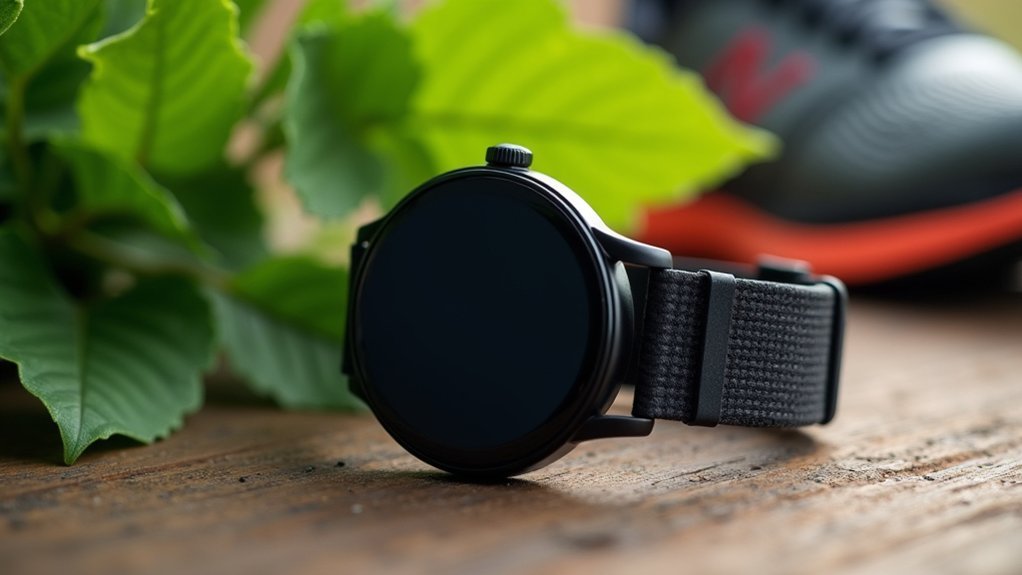
Although wearable heart rate monitors have become increasingly popular for fitness tracking, their reliability can vary greatly based on your activity level and health status. Higher exercise intensities typically reduce accuracy, with most devices struggling during vigorous workouts. A recent study found that the mean difference between wearable monitors and ECG readings increased significantly during peak exercise compared to at rest.
| Exercise Type | Reliability | Medical Condition | Reliability |
|---|---|---|---|
| Treadmill | Good | Atrial Fibrillation | Poor |
| High-Intensity | Poor | Cardiovascular Disease | Fair |
| Elliptical | Moderate | Normal Sinus Rhythm | Good |
| Activities with Arm Movement | Poor | Dark Skin Tone | Slightly Reduced |
If you have cardiovascular conditions like atrial fibrillation, note that optical wrist-worn monitors are considerably less accurate than chest straps. Environmental factors and proper sensor placement also affect readings. Consider your specific exercise routine and health status when choosing a heart monitoring device.
Comparing Top Performers: Which Devices Match ECG Standards
As wearable technology continues to evolve, consumers now face an impressive array of heart monitoring devices with varying degrees of medical accuracy.
When comparing ECG capabilities, KardiaMobile leads with measurements comparable to standard 12-lead ECGs. While Apple Watch, Fitbit Sense, and Samsung Galaxy Watch offer single-lead ECGs, they can’t match multi-lead precision.
Surprisingly, PPG-based devices outperform ECG smartwatches for atrial fibrillation detection, showing 97.4% sensitivity versus 83%.
For thorough heart monitoring, consider devices that combine technologies. Samsung’s Galaxy Watch Active 2 pairs PPG with on-demand ECG for enhanced accuracy. Traditional ECGs remain the gold standard for clinical testing, providing essential diagnostic information that wearables cannot fully replace.
If you’re primarily concerned with atrial fibrillation detection, PPG smartwatches offer superior performance with 96.6% specificity compared to ECG devices’ 88.4%.
Beyond Heart Rate: Essential Features for Comprehensive Monitoring
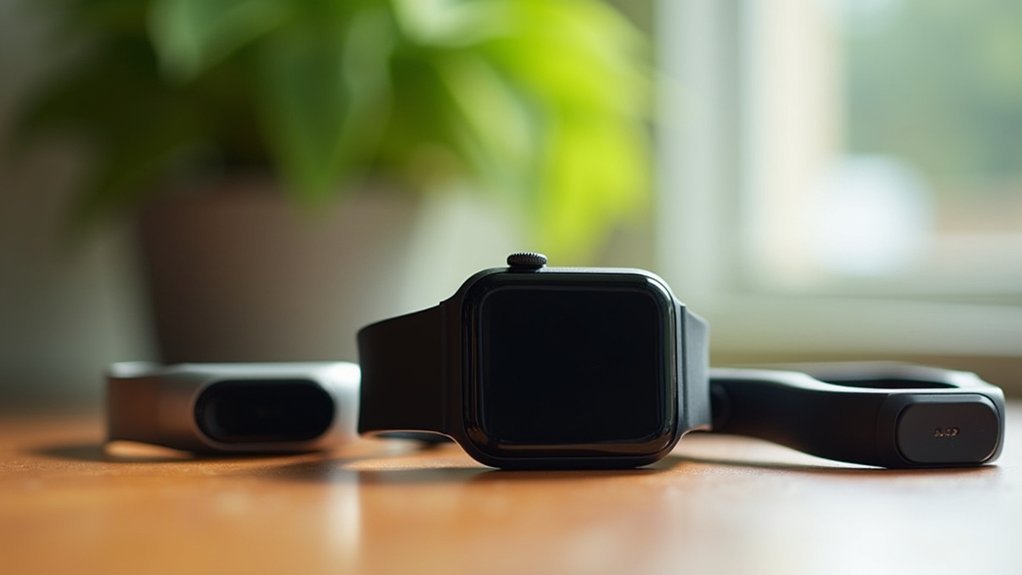
Modern heart monitoring wearables have evolved far beyond simple pulse tracking to offer a wide-ranging suite of features essential for thorough cardiovascular health assessment.
When selecting a device, look for ECG capabilities that detect irregularities like atrial fibrillation.
Prioritize wearables with continuous monitoring during various activities and real-time alerts for immediate intervention. Features like pulse oximetry, stress tracking, and sleep analysis provide a complete picture of your heart health. Many top devices include verification steps to ensure reading accuracy before displaying results to users.
The most effective devices integrate multi-sensor technology with user-friendly interfaces and wireless connectivity. This allows you to easily share data with healthcare providers.
Advanced photoplethysmography and sophisticated algorithms guarantee accurate readings, while AI integration helps predict potential issues before they become serious.
Selecting the Right Device Based on Your Health Profile
Selecting the right heart monitoring wearable requires careful assessment of your specific health needs and lifestyle factors.
If you have cardiovascular disease or atrial fibrillation, prioritize devices with ECG capabilities and FDA clearance for clinical accuracy.
Your age and activity level matter greatly. Seniors should look for devices with longer battery life and readable displays, while athletes need continuous monitoring with real-time alerts during exercise.
Sedentary individuals might prefer simpler wearables with basic metrics.
Consider your specific health concerns—sleep apnea patients benefit from oxygen saturation tracking, while stress-related heart issues warrant electrodermal activity sensors.
For seamless integration with medical care, choose devices that easily share data with healthcare providers and align with your treatment plan.
Price vs. Performance: Finding Value in Heart Monitoring Wearables
When choosing a heart monitoring wearable, you’ll find budget options like the $59.99 Samsung Galaxy Fit3 that still offer reliable basic tracking for most healthy adults.
Mid-range devices ($150-350) typically provide the best value with features like ECG and SpO2 monitoring, while premium models exceeding $400 make sense if you need specialized sports analytics or medical-grade accuracy.
Consider how additional features like battery life and sleep tracking might justify higher costs, especially since longer-lasting devices like the Withings ScanWatch 2 enable more consistent heart data collection without frequent charging interruptions. Many users prefer models with continuous heart rate tracking that provides comprehensive health insights and can detect potential irregularities throughout the day.
Budget-Friendly Accurate Options
Finding the sweet spot between price and performance doesn’t require emptying your wallet. The Xiaomi Mi Smart Band 7 delivers impressive heart tracking capabilities under $50, with added perks like water resistance and extensive workout modes.
For slightly more investment, the Fitbit Charge 6 offers continuous heart rate monitoring plus ECG functions in an easy-to-use package.
If simplicity matters most, consider the Garmin Vivosmart 5’s reliable tracking without smartwatch complexities. Many budget-friendly trackers provide gentle movement nudges as a helpful feature to promote more active lifestyles.
Athletes might prefer WHOOP 5.0’s screenless, minimalist approach focused purely on performance metrics.
Meanwhile, the Garmin vívosport balances GPS capabilities with heart tracking for fitness enthusiasts working within constraints.
Premium Features Worth Cost
The decision to invest in premium heart monitoring wearables often hinges on which advanced features truly improve your health management. When evaluating higher-end devices, focus on capabilities that provide actionable insights rather than novelty functions. Dedicated heart rate monitors consistently deliver more accurate readings than smartwatches due to their precise ECG sensors.
| Feature Category | Worth Your Investment If… |
|---|---|
| Advanced Heart Monitoring | You need clinical-grade ECG or arrhythmia detection for existing conditions |
| Sleep & Recovery Metrics | You’re prioritizing performance optimization or addressing sleep issues |
| Build Quality | You’ll use it in demanding environments or need extended battery life |
| Smart Integration | You value ecosystem connectivity with your other devices |
Premium wearables like the Apple Watch Series 9 and Oura Ring deliver thorough health monitoring that justifies their cost when you’ll actively use their advanced features. The best value comes from selecting devices with premium features aligned with your specific health priorities.
Value Beyond Heart Monitoring
Heart monitoring wearables offer substantial value beyond their cardiac tracking capabilities, making price-to-performance ratio a key consideration for potential buyers.
When evaluating these devices, look beyond basic heart rate functions to features like ECG monitoring, sleep tracking, and stress level measurement.
Higher-priced models ($200+) typically provide more accurate readings, thorough health metrics, and longer battery life. These features create better long-term value, especially if you’re managing specific health conditions.
Mid-range options ($100-$200) offer solid performance with smart features that integrate well with your existing technology. The best devices, like the Polar H10, deliver excellent battery life of up to 400 hours, maximizing your investment.
Consider devices with FDA clearance for reliable health monitoring, user-friendly interfaces that encourage daily use, and strong app integration that enhances data analysis.
Water resistance and build quality will guarantee your investment lasts longer, maximizing your wearable’s value.
Frequently Asked Questions
How Often Should Heart Rate Monitors Be Calibrated?
Most heart rate monitors don’t require regular calibration. You’ll typically only need to adjust them according to the manufacturer’s guidelines, which often means following setup instructions or updating software to maintain accuracy.
Can Wearables Detect Heart Attacks Before They Happen?
Wearables can’t completely predict heart attacks before they happen. They’re good at detecting arrhythmias that may precede attacks, giving you early warnings with about 93% accuracy when events are already beginning.
Are Waterproof Heart Monitors as Accurate Underwater?
No, most waterproof heart monitors aren’t as accurate underwater. Water interferes with optical sensors and causes displacement. For reliable underwater heart rate tracking, you’ll need specialized swimming monitors like the Polar Verity Sense.
Do Skin Tones Affect the Accuracy of Optical Heart Sensors?
Yes, skin tone can affect optical heart sensors’ accuracy. You’ll find mixed results in studies, with some devices showing up to 15% more inaccurate readings for darker skin. Green light technology helps reduce this disparity.
How Long Do Heart Rate Monitor Batteries Typically Last?
Battery life varies considerably across heart rate monitors. You’ll get up to 3.5 years from devices like Garmin HRM Dual with replaceable CR2032 batteries, while rechargeable options like COROS Optical last about 38 hours between charges.
In Summary
You’ve now got the tools to select the perfect heart monitoring wearable that fits your unique needs. Remember, accuracy varies widely between consumer and medical devices. Consider your health profile, required features, and budget when making your choice. Don’t compromise on reliability—the right device might cost more but delivers peace of mind when tracking your heart health throughout daily activities and exercise.

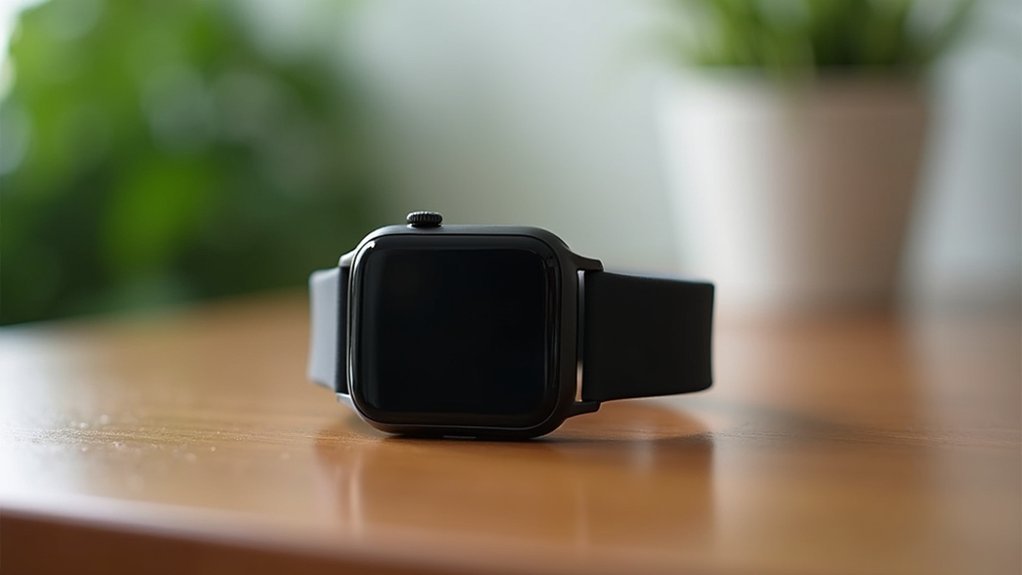
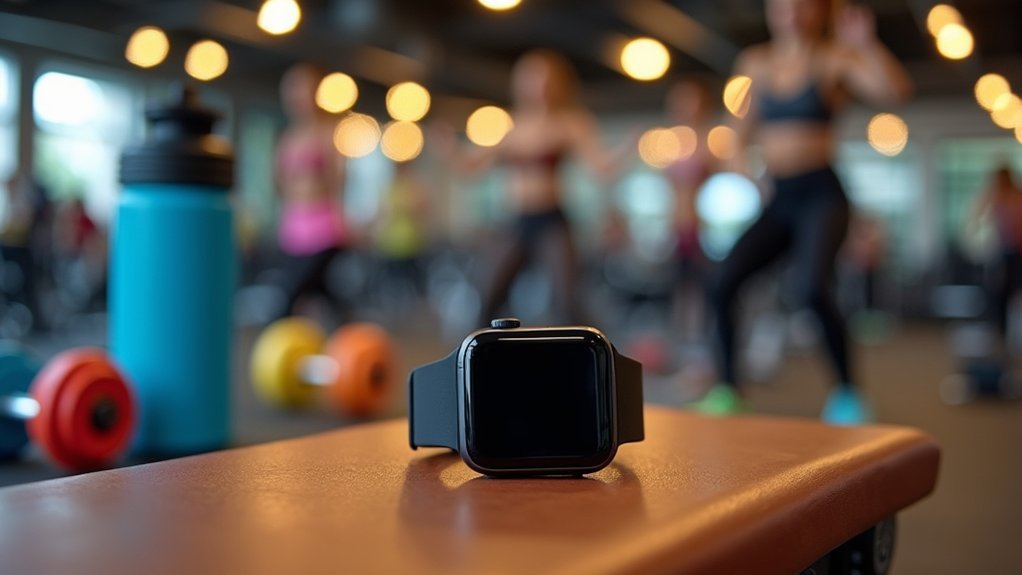
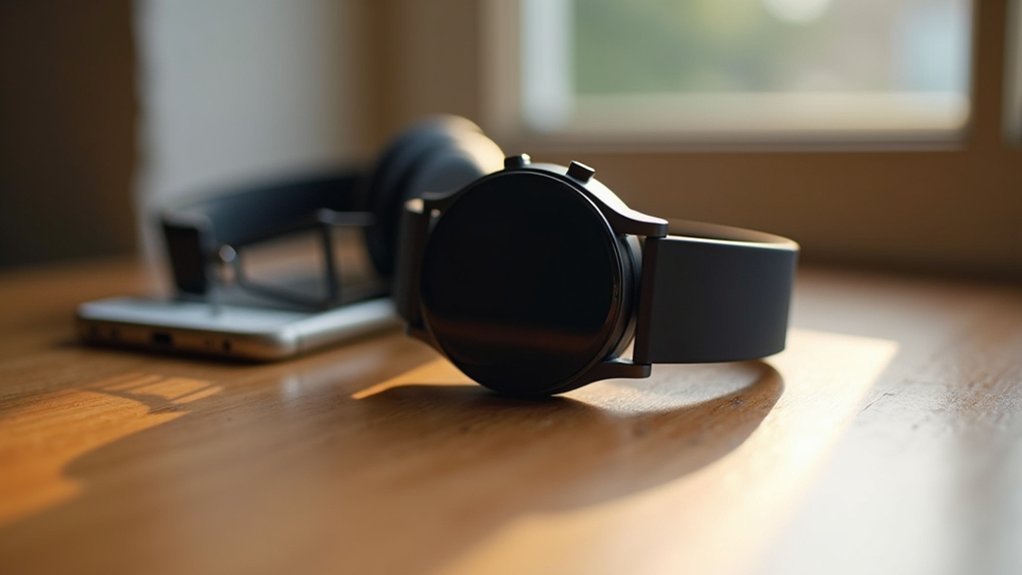
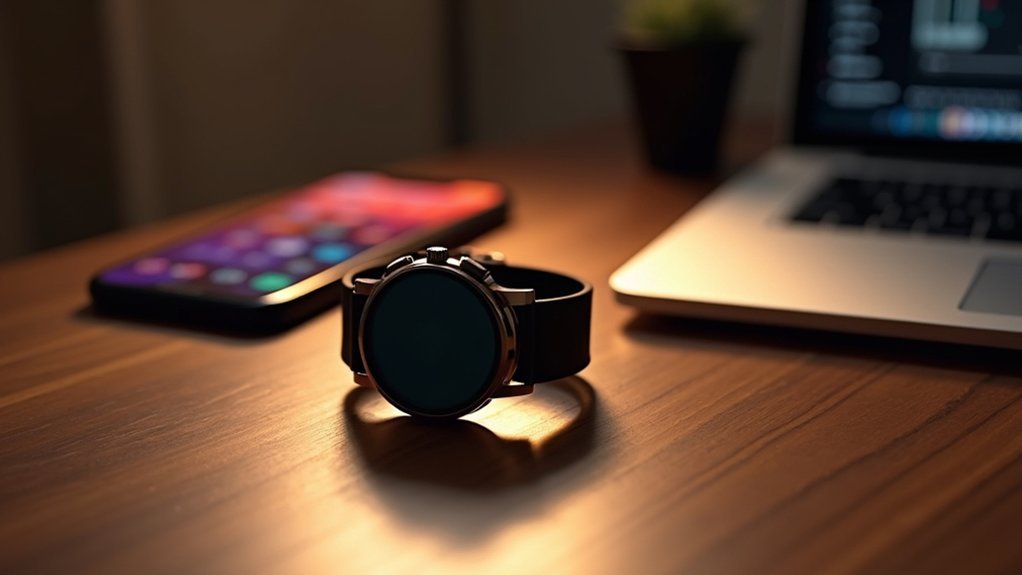
Leave a Reply